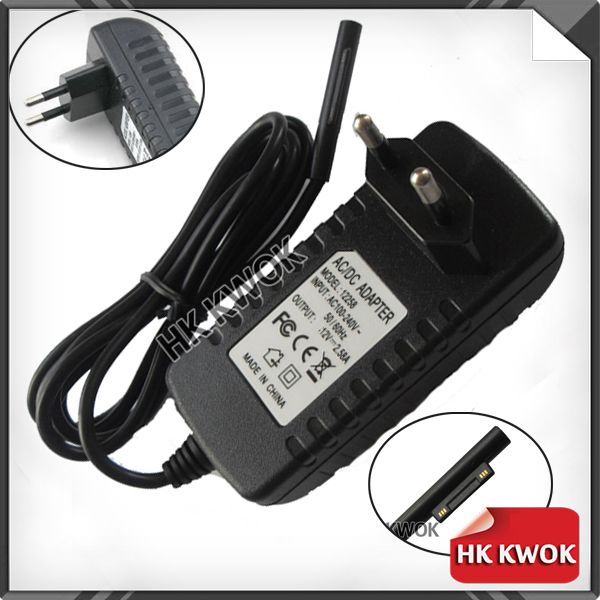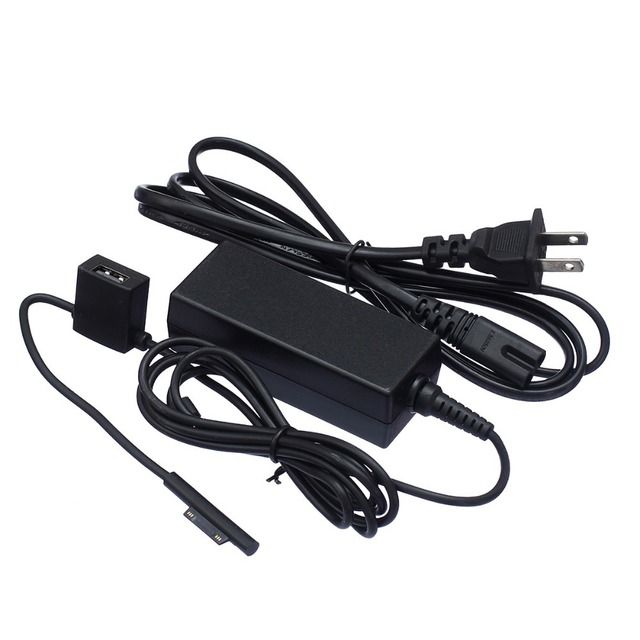Isn't the stability of the voltage important?
Yes, marginally. You need to understand how Volts, Amps and Watts all interact.
Certainly the 12vdc ideally should be regulated, meaning that it is held at 12vdc no matter what demand the device makes of it. That is done these days by one tiny integrated circuit, called, not surprisingly, a Voltage Regulator (VR). Providing the supply to the VR inside the charger is within the VR's design limits, such as, no lower than say 12 volts and no higher than 50 volts the VR will do it's job perfectly. No human needed to verify anything.
Given the cost if those VR chips being in the pennies range, it would make no sense for an OEM to not use one. So it can be safely assumed that output the voltage is going to be something like 11.98vdc to 12.03vdc. Just guessing figures but you get what I mean.
Since those halcyon days of Dell laptops spontaneously catching fire, all batteries these days also have their own voltage and current regulators built in. So even if the the charger melted the VR, the battery's own circuitry would leap into the fray. It would either use what it can and keep charging or shut off the supply to the battery entirely. The only thing it cannot do is reach out to the wall wart and pull it out of the outlet.
Not saying something could not go wrong and melt the SP2/3 or anything else, just saying that the likelihood is pretty damn slight nowadays.
Given that Lithium Ion Polymer battery guts when exposed to Oxygen will self ignite with some ferocity, all battery and charger manufacturers are very cautious about how the design and build stuff.



